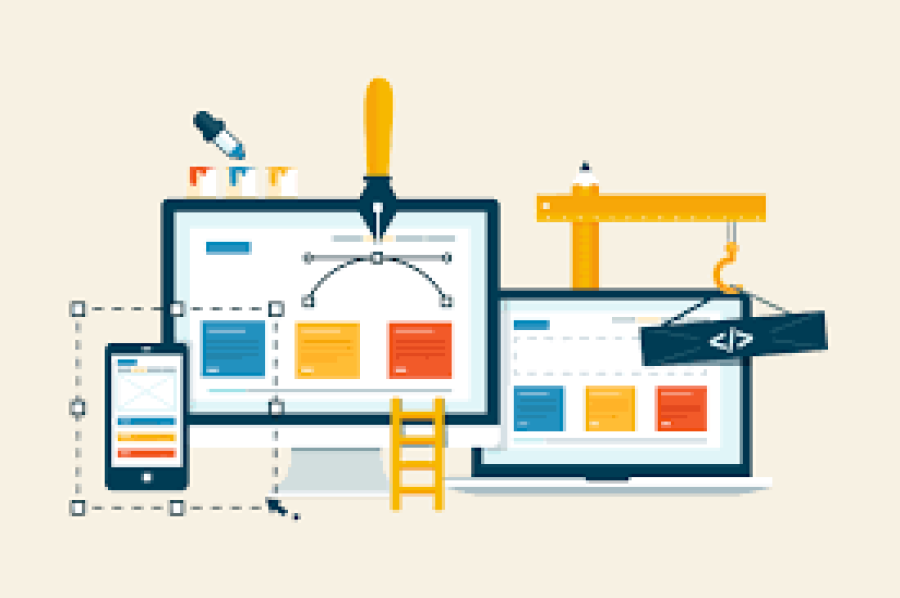Drone Photography Tips for Freelancers
Drone photography has become one of the most sought-after niches in the freelance world, offering breathtaking perspectives that traditional photography simply can’t capture. With industries like real estate, travel, events, construction, and filmmaking heavily investing in aerial visuals, there’s never been a better time for freelancers to master drone photography. But success goes beyond owning a drone—it requires technical skill, legal awareness, business strategy, and creative excellence. In this guide from FreelancerBridge, we’ll explore the most practical and effective drone photography tips for freelancers looking to grow their portfolio, attract clients, and build a scalable business.
Drone Photography Tips for Freelancers: Mastering the Art and Business of Aerial Imagery
1. Understand Drone Laws and Licensing Requirements
Before flying a drone for freelance work, it’s essential to understand the legal framework in your country.
Key Tips:
Research your local aviation authority's guidelines (FAA in the USA, DGCA in India).
Obtain the necessary drone pilot license or certification.
Always register your drone if required.
Respect no-fly zones, airports, government buildings, and privacy laws.
Use flight apps like Airmap, DJI Fly, or B4UFLY to stay compliant.
Legal violations can lead to heavy penalties and harm your freelance credibility, so get this right from the beginning.
2. Invest in the Right Drone for Your Niche
Not all drones are created equal. The drone you choose should align with your freelance goals.
Factors to Consider:
Camera Quality: Look for 4K resolution or higher.
Stability & Gimbal: 3-axis gimbals are best for smooth footage.
Flight Time: Choose drones with at least 25–30 minutes of flight time.
Portability: Foldable drones are ideal for travel photographers.
Recommended Drones:
DJI Mini 4 Pro – Great for beginners and travel.
DJI Air 3 – Mid-tier with professional features.
DJI Mavic 3 Pro – High-end for commercial work.
Autel EVO Lite+ – A strong alternative to DJI.
3. Learn Basic and Advanced Flight Techniques
To deliver professional results, you must become a skilled pilot.
Beginner Techniques:
Hovering and orientation control
Smooth turns and elevation changes
Controlled landing and take-off
Advanced Techniques:
Orbit shots
Follow mode tracking
Waypoint navigation
Hyperlapse and time-lapse
Manual camera settings during flight
Use drone simulators or practice in open fields to improve your skills before client work.
4. Master Drone Photography Settings
Understanding your drone camera settings is key to capturing cinematic shots.
Important Settings to Learn:
ISO: Keep it low (100–200) to avoid grain.
Shutter Speed: Adjust based on movement and light.
Aperture: Lower f-stops (f/2.8 – f/5.6) for shallow depth of field.
White Balance: Set manually to ensure consistent color.
Resolution & FPS: Use 4K at 24–60fps for flexible editing.
Always shoot in RAW format for maximum post-processing control.
5. Choose the Right Time and Lighting Conditions
Lighting can make or break your drone shots. Golden hour (just after sunrise and before sunset) provides the best natural lighting.
Shooting Tips:
Avoid harsh mid-day light unless using ND filters.
Use cloud cover to your advantage for even lighting.
Capture long shadows during early morning or late evening for dramatic effects.
6. Use ND Filters and Polarizers for Better Exposure
ND (Neutral Density) and polarizing filters help manage exposure and glare.
Benefits:
Achieve motion blur with slower shutter speeds
Reduce reflections on water or glass
Maintain correct exposure in bright sunlight
Choose ND4, ND8, or ND16 filters depending on light intensity.
7. Create a Drone Photography Shot List
When working with clients, having a shot list ensures you capture everything required.
Common Shot Types:
Top-down view (bird’s-eye)
Leading lines and symmetry
Wide panoramic sweeps
Orbiting around subjects
Vertical rise reveals
Always scout the location virtually using Google Earth or physically visit the area beforehand.
8. Post-Processing: Elevate Your Drone Photography
Editing your drone photos can significantly enhance their visual impact.
Tools to Use:
Adobe Lightroom (for color grading and tonal balance)
Photoshop (for object removal and advanced edits)
Luminar AI (AI-based sky replacement and enhancement)
Key Edits:
Adjust highlights and shadows
Correct lens distortion
Enhance clarity and vibrance
Crop for better composition
9. Build a Niche Drone Photography Portfolio
A strong niche helps you attract the right clients.
In-Demand Niches:
Real Estate: Showcase properties with aerial overviews.
Travel & Tourism: Scenic landscapes, hotels, and resorts.
Weddings & Events: Aerial views of ceremonies.
Construction & Agriculture: Progress tracking and land surveys.
Advertising: Promo shoots for cars, products, or venues.
Tailor your portfolio based on the niche you want to dominate.
10. Market Your Services Effectively
Use a multi-platform approach to showcase your drone photography skills.
Website:
Create a clean portfolio website
Use SEO-optimized content to attract organic traffic
Add booking/contact forms and testimonials
Social Media:
Share short clips on Instagram Reels, YouTube Shorts, and TikTok
Tag local businesses, realtors, or venues
Use relevant hashtags like #DronePhotography, #AerialShooter
Freelance Platforms:
Create listings on Fiverr, Upwork, Freelancer
Offer packages (e.g., real estate drone shoot + video editing)
11. Set Competitive and Profitable Pricing
Your pricing should reflect your experience, service quality, and client value.
Pricing Models:
Hourly Rate: Ideal for small projects
Per Project: Best for events or real estate
Retainer/Package Deals: Monthly deals for agencies or realtors
Factor in:
Equipment usage
Travel and setup time
Post-production hours
Licensing and insurance
12. Deliver High-Value Services with a Professional Workflow
Clients expect more than just raw footage. Provide complete packages.
Offer Add-ons:
Edited photos and videos
Color correction
Music background or voice-over
Cloud storage delivery
Use tools like WeTransfer, Dropbox, or Google Drive to deliver content efficiently.
13. Stay Updated with Drone Trends and Tech
Drone photography is a fast-evolving space. Keep up with the latest:
Firmware updates
New camera sensors and models
Autonomous flying capabilities
AI-based shooting features
Follow drone blogs, join forums like MavicPilots or Skypixel, and subscribe to YouTube creators.
14. Network and Collaborate to Expand Your Reach
Collaborate with professionals in other creative fields:
Videographers
Real estate agents
Content creators
Travel influencers
Attend drone meetups or photography conferences, and join online communities to find partnership opportunities and get referrals.
15. Focus on Safety and Risk Management
Drone operations come with risks. Always follow safety protocols:
Pre-flight checks (battery, propellers, compass calibration)
Fly in open areas with minimal interference
Carry backup batteries and propellers
Insure your drone against crashes or theft
Being a responsible drone operator builds trust with clients and protects your freelance business.
Conclusion:
Drone photography opens up a world of creative and commercial opportunities for freelancers. By combining technical skills with smart marketing and niche targeting, you can turn aerial imagery into a profitable service. From choosing the right equipment to delivering stunning visual content for clients across industries, every step counts in your journey as a freelance drone photographer. At FreelancerBridge, we encourage freelancers to invest in learning, practice consistently, and embrace new technology to stay ahead. Follow the tips outlined above, and position yourself as a trusted and in-demand drone photography expert.


 by Emily
by Emily




